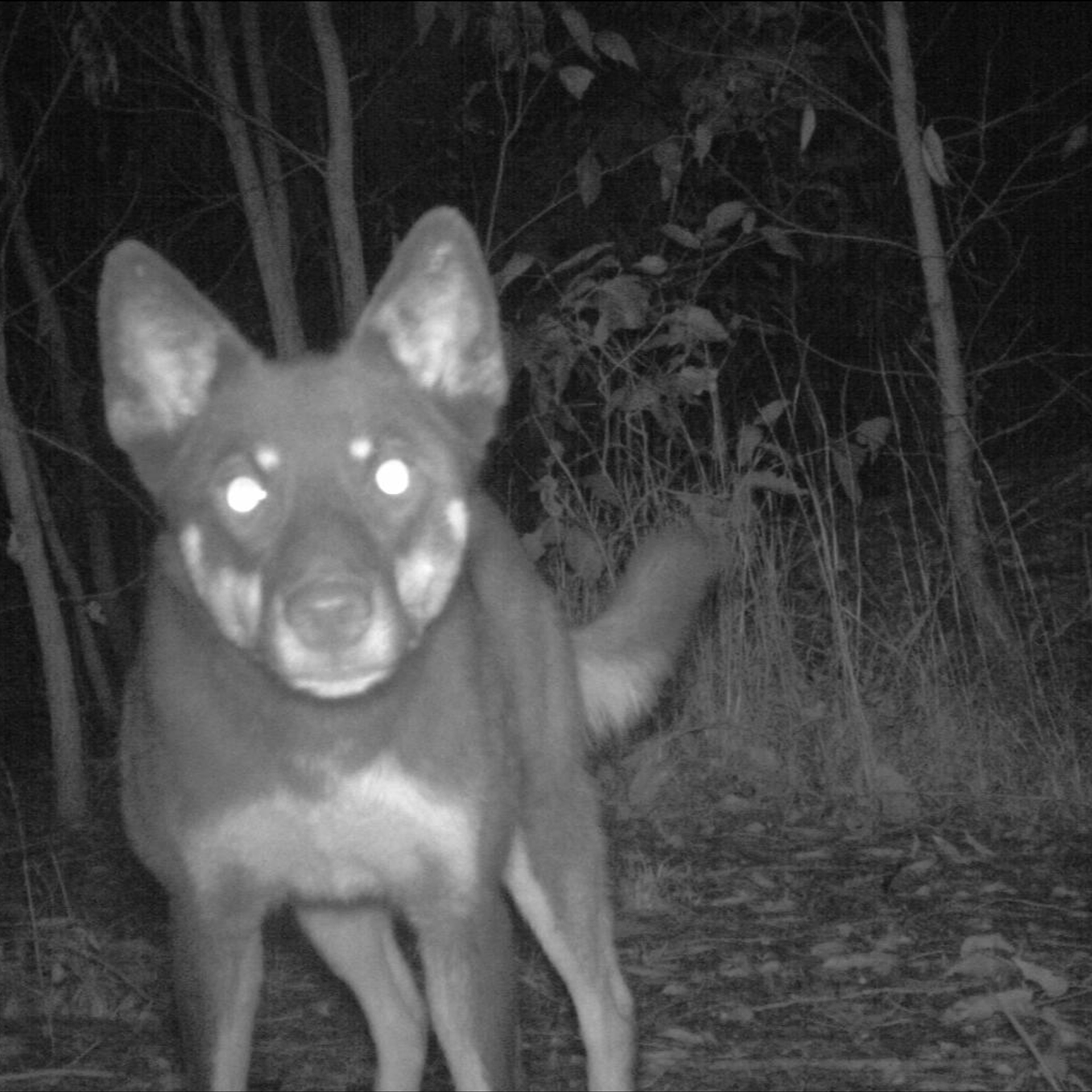Status: Completed
Start date: 3 November 2017
Completion date: 28 October 2020
Project code: ALC-T-003
Species/Threats: Wild dogs

This project aimed to pioneer development of next generation automation technologies for pest animal control. The technology can use computer vision and machine learning algorithms coupled with artificial intelligence to develop devices which can see, think and act to target specific pest animals.
The e-technology hub project team developed and tested remote systems for the management of livestock and biodiversity. A system was developed for the targeted delivery of baits when wild dogs are identified as being present at the device but remains closed with bait inaccessible when there are no wild dogs present. An autonomous gate closure system suitable for trapping of feral pigs and similar invasive species was developed that identifies both the species and number of that species present in the trap prior to determining if the trap gate should close. The team also developed a remote recognition device that can identify livestock and allow them access to water points but will close to exclude invasive species allowing land managers greater flexibility and control when managing water points for stock.
The development and testing phases of this project are complete, and this project has entered the commercialisation phase with the State of New South Wales acting through the Department of Primary Industries within the Department of Regional NSW as the nominated Designated Party to take the outputs from this project through the commercialisation process. The Centre will monitor the commercialisation process as it progresses.
The e-technology hub team has been developing a number of working prototypes and refining their capabilities – this includes a feral cat tactile lure and a sentinel bait station. As with all technology this is an iterative process and considerable time and effort has been dedicated to resolving technical limitations of equipment and systems to ensure robust devices are constructed for testing.
Bishop J, Falzon G, Trotter M, Kwan P and Meek P (2019) Livestock vocalisation classification in farm soundscapes Computers and Electronics in Agriculture 162, 531-542. https://doi.org/10.1016/j.compag.2019.04.020
Charlton G, Falzon G, Shepley A, Fleming PJS, Ballard G and Meek PD (2023) The Sentinel Bait Station: an automated, intelligent design pest animal baiting system Wildlife Research 51. https://doi.org/10.1071/WR22183